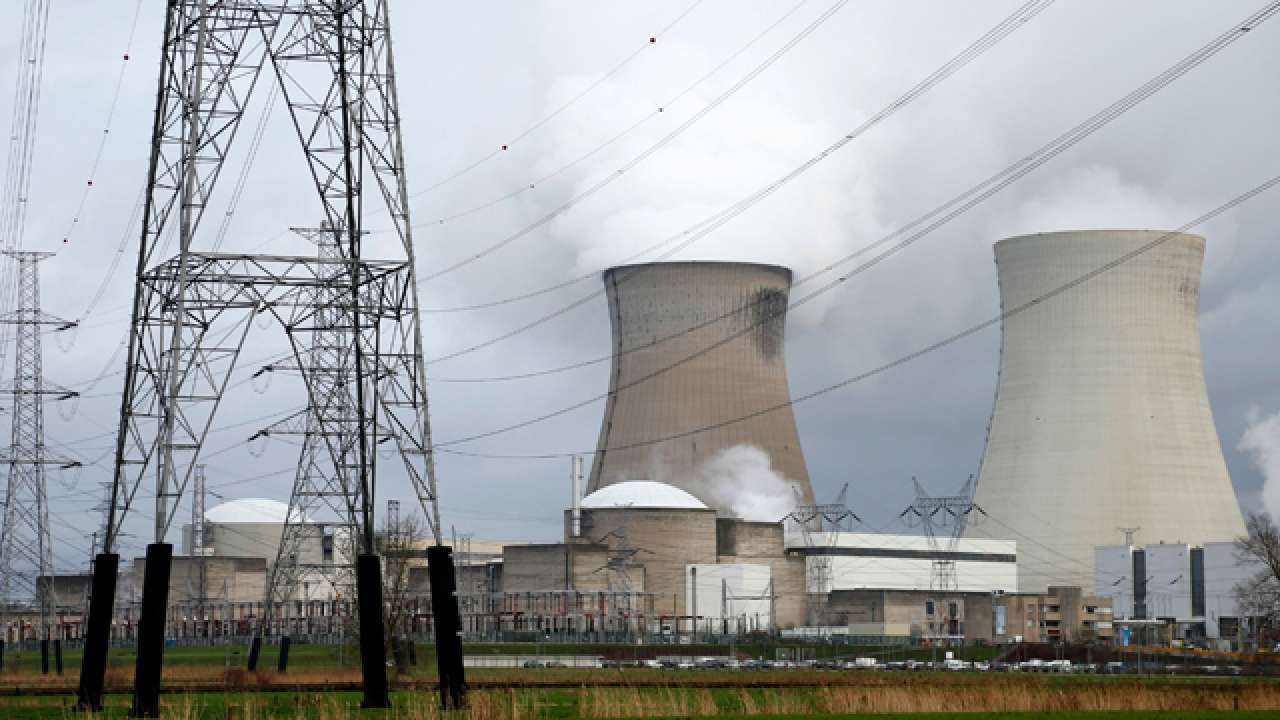
NUCLEAR SECURITY: URANIUM SUPPLY
WHY IN NEWS?
- Recently, the Department of Atomic Energy (DAE) has turned down the offers submitted by the two Australian companies for commencing supply of uranium ore to India citing lack of viability of the proposals.
KEY POINTS
- India-Australia ties have been on an upswing since 2012, when the Australian government decided to sell uranium to India despite India not being a signatory to the nuclear Non Proliferation Treaty.
- The above decision was formalised by way of a bilateral agreement in 2014 known as Cooperation in the Peaceful Uses of Nuclear Energy.
- The uranium imports from Australia were to be used to meet fuel requirements of Indian nuclear reactors that are under International Atomic Energy Agency (IAEA) safeguards.
- However, the progress on uranium supply has been very low, despite efforts from both sides. In 2017, Australia had sent its first uranium shipment to India but that was cited as “a small sample of uranium” transferred “purely for testing purposes”.
INDIA’s CIVIL NUCLEAR CAPACTY
- India has 22 reactors with an installed capacity of 6,780 megawatt.
- Of these, eight reactors are fuelled by indigenous uranium while the remaining 14 are under IAEA safeguards and qualify to use imported uranium.
- India was required to bring 14 reactors under IAEA safeguards in a phased manner under the separation plan announced by India in 2006, which was negotiated after the 2005 nuclear deal with the USA.
- Currently, India imports uranium fuel from Russia, Kazakhstan, Uzbekistan, France and Canada.
- Kazakhstan is the world’s largest producer of uranium.
- A steady supply of uranium is expected to boost the performance of Indian nuclear power plants, as well as of several fuel cycle facilities.
NON-PROLIFERATION TREATY (NPT)
- The NPT is an international treaty whose objective is to prevent the spread of nuclear weapons and weapons technology, to foster the peaceful uses of nuclear energy, and to further the goal of disarmament.
- The treaty was signed in 1968 and entered into force in 1970. Presently, it has 190 member states.
- It requires countries to give up any present or future plans to build nuclear weapons in return for access to peaceful uses of nuclear energy.
- It represents the only binding commitment in a multilateral treaty to the goal of disarmament by the nuclear-weapon States.
- Nuclear-weapon states parties under the NPT are defined as those that manufactured and exploded a nuclear weapon or other nuclear explosive devices before 1st January 1967.
WAY FORWARD
- The India-Australia bilateral relationship has been largely a case of “one step forward, two steps back”.
- However, Australia’s overturning of a ban on uranium sales to India was seen as a removal of a diplomatic thorn between the two nations and potentially opening up a new and growing market for Australian suppliers.
